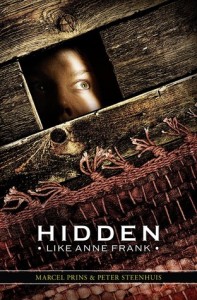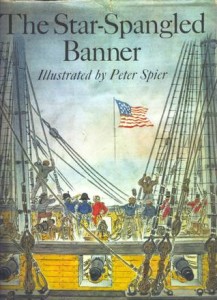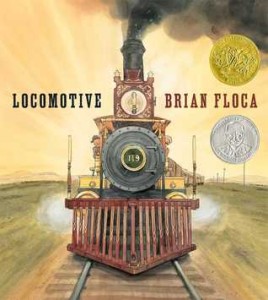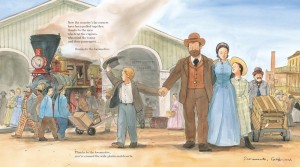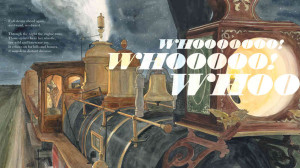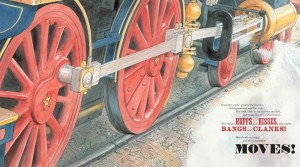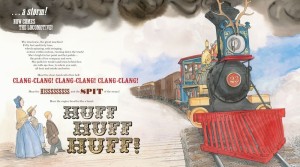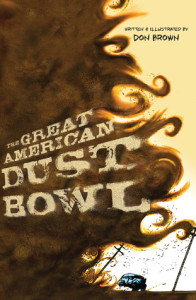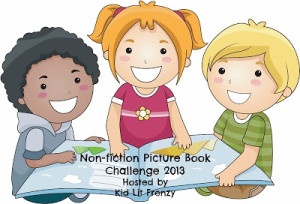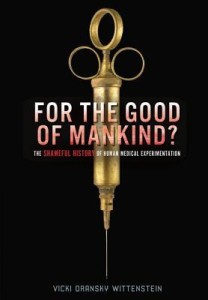Hidden Like Anne Frank: 14 True Stories of Survival
Authors: Marcel Prins and Peter Henk Steenhuis
Published: March 25, 2014 by Arthur A. Levine Books
Summary: Fourteen unforgettable true stories of children hidden away during World War II
Jaap Sitters was only eight years old when his mother cut the yellow stars off his clothes and sent him, alone, on a fifteen-mile walk to hide with relatives. It was a terrifying night, one he would never forget. Before the end of the war, Jaap would hide in secret rooms and behind walls. He would suffer from hunger, sickness, and the looming threat of Nazi raids. But he would live.
This is just one of the incredible stories told in HIDDEN LIKE ANNE FRANK, a collection of eye-opening first-person accounts that share what it was like to go into hiding during World War II. Some children were only three or four years old when they were hidden; some were teenagers. Some hid with neighbors or family, while many were with complete strangers. But all know the pain of losing their homes, their families, even their own names. They describe the secret network of brave people who kept them safe. And they share the coincidences and close escapes that made all the difference.
Review: This collection showed me the misconceptions I had about those who hid during the Holocaust. These fourteen brave, young people showed me the diversity of experiences that existed among the hidden. For example, I didn’t know that it was common that they were beaten. Many people agreed to hide Jews because they were paid money by the Resistance. They didn’t always do it because they were being morally good people, so they did not have favorable feelings toward the people they hid. Also, I wasn’t aware that many of those who hid during the Holocaust moved from house to house and were frequently uprooted. These are just some of the many lessons I learned from this text, and I think readers will truly appreciate the insight it provides.
Teacher’s Tools for Navigation: I don’t know many school systems that don’t teach a book that is set during the Holocaust. If teachers are unable to use this whole text, I would highly recommend they select a few stories to show students how different the experiences were.
Discussion Questions: How did the Holocaust impact those who hid? After the war was over, how did it affect them emotionally?; What dangers did the Jews face when they hid? Would you accept the danger and work with the Resistance?
We Flagged: “My feelings from back then are very distant. I can still see myself as a boy of six, seven, roaming around Amsterdam, ringing doorbells, getting into mischief. I can think about that boy, about his relationship with his father, with his mother, and with his grandfather. But I can’t feel the emotions I had back then—it doesn’t work. I just can’t reach them anymore. Maybe I’ve automatically kept the past at a distance because I had to hide away for years and deny my background. Or maybe it’s just that impossible to relive those feelings from the past, and so I have to make do with memories.” (Chapter: “Older than my Father”)
Please Note: This quotation is from an advanced reader copy. It may be different in the published text.
Read This If You Loved: The Diary of Anne Frank by Anne Frank; The Nazi Hunters by Neal Bascomb; Hidden: A Child’s Story of the Holocaust by Loïc Dauvillier; Night by Elie Wiesel
Recommended For:
